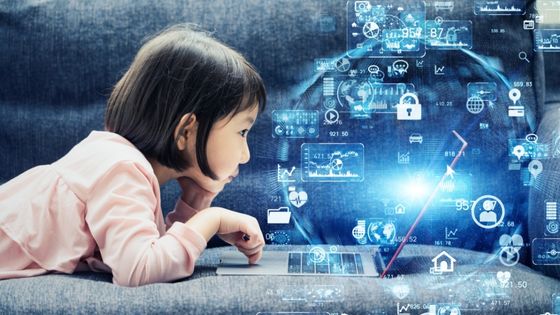Technology inclusion in education is a great way to increase student learning. Students can take exams online and get instant feedback, which motivates them to improve. Teachers also benefit from the availability of multiple resources for research. Technology makes learning more fun and interesting. It makes it easier for teachers to use different materials and make their job easier.


Improves relationships between teachers and students
Improved relationships between teachers and students can be a key component in improving student performance and engagement. As a result, teachers should take the time to understand students’ needs and work to meet them. For example, if a student has a learning disability, teachers should make special accommodations for the student. A strong rapport between teachers and students also combats chronic absenteeism and encourages students to attend class. It can also lead to improved academic achievement and school engagement.
According to the American Psychological Association, building positive relationships with students will help teachers meet students’ academic, emotional, and developmental needs. Moreover, students are more likely to trust their teachers when they feel a personal connection with their teacher. As a result, their behavior will improve and their academic performance will improve.
A positive teacher-student relationship may be particularly beneficial for students from low-income backgrounds. According to research, students from low-income households are more likely to succeed in school when they have positive relationships with their teachers. These relationships improve the student’s self-efficacy and confidence, which can prevent negative outcomes.
Allows students to work at their own pace
Allowing students to work at their own pace can improve the quality of a student’s education. It can help students who may be struggling with their learning. Many students find that flexibility can make the difference between success and failure. Having the freedom to work at their own pace allows them to be more motivated and more successful.
Allowing students to work at their own pace means that educators can monitor their progress and help them set goals based on the students’ pace. A competency-based approach is supported by a flexible learning environment and technology. Building 21 is a leading player in competency-based education. Its platform, powered by Slate, allows students to progress at their own pace. It has documented its methodology in a handbook and created a video to help parents understand how the program works.
Self-paced learning also supports the development of self-regulation, an essential skill for students in the 21st century. It allows them to tackle challenging tasks in a measured manner and enables them to become better learners. Self-regulated students also take part ownership of the learning process, which has been linked to increased achievement and faster learning.
Empowers students to learn
Today, technology empowers students to learn through a variety of means, including e-textbooks, computer programs, and online learning environments. These tools enable students to reflect on their learning and share what they’ve learned with their peers. They can also create their own reflection tools, such as a video, written reflection, or peer assessment. These tools help students take on the role of teachers, creating a peer support system. In addition, students can also take the lead in designing the rubrics, tasks, and assessments that will assess student learning.
For educators, the use of technology removes the physical barriers in the classroom and helps students connect their classroom learning to real-world applications. This enhances the learning experience. Some technological tools are essential for the 21st century workplace, including teleconferencing and electronic whiteboards. For students, leveraging technology in the classroom can make learning more fun, engaging, and effective.
By using technology in education, educators can improve the learning experience for learners. This will help students gain a better understanding of their subjects and improve their grades. They will also have a greater chance of being accepted to university and finding a career they love. Most learners’ first exposure to technology comes through school, and educators can empower learners by introducing them to tech resources and teaching them how to use them.
Facilitates collaboration
As a facilitator, you’ll be asked to help people reach their educational goals. This role requires creativity and the ability to break the mold. You’ll be challenged by time, space, and limited resources. But you’ll also need to think strategically and keep the end game in mind. As a facilitator, you’ll be required to make difficult decisions and lead teams in the right direction.
The role of collaboration in education is critical because it helps educators share knowledge and expertise with one another, and it’s especially important in inclusive settings, where students work with several adults at once. Collaboration allows educators to share best practices with each other, and it helps ensure that the practices that benefit students are consistent across providers.
The study also investigated the role of social interactions in collaborative learning. Peer interactions in collaborative-learning groups are crucial to the quality of students’ discussions, particularly when they engage in argumentation, explanation, and building on one another’s ideas. This type of peer interaction is believed to foster cognitive restructuring, resulting in deeper understanding. Discussions can also reveal misconceptions and strengthen connections between previously learned information and new information.
















